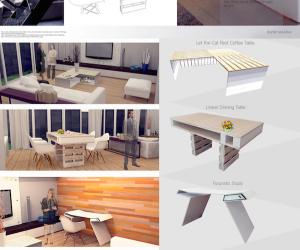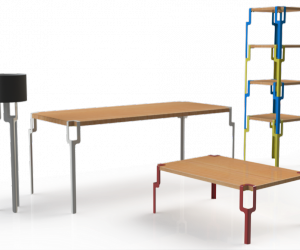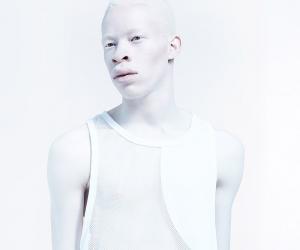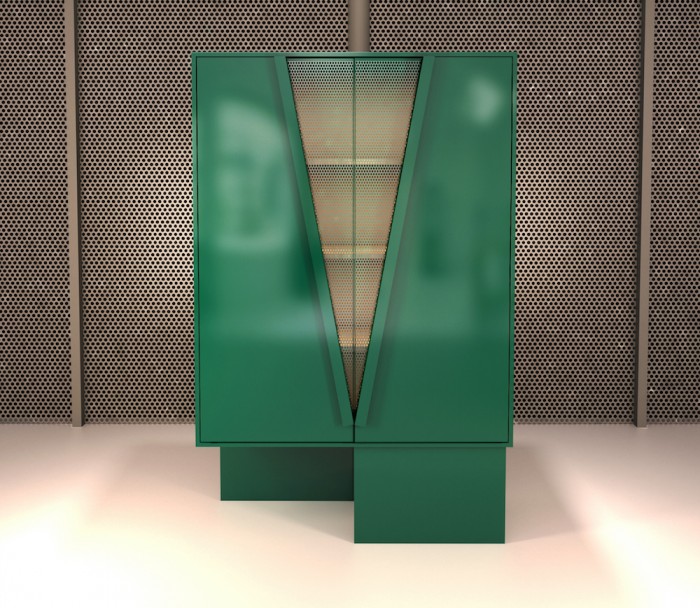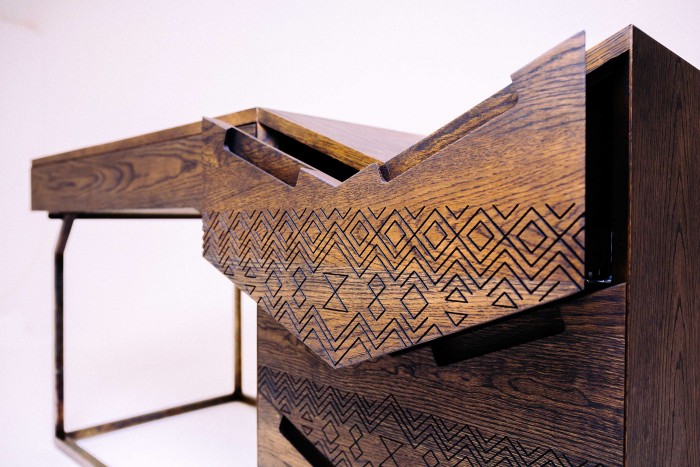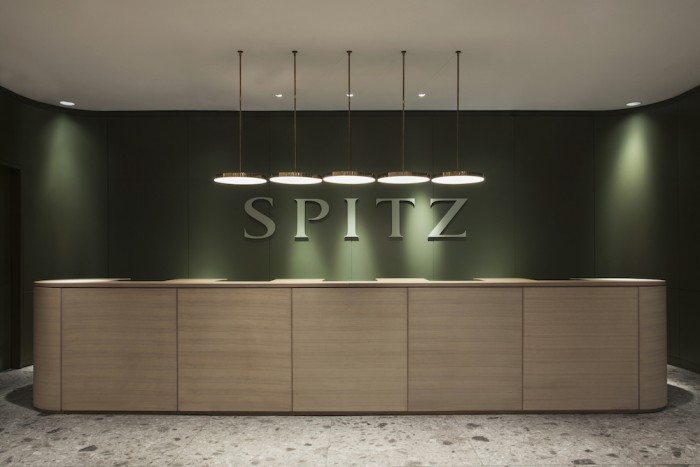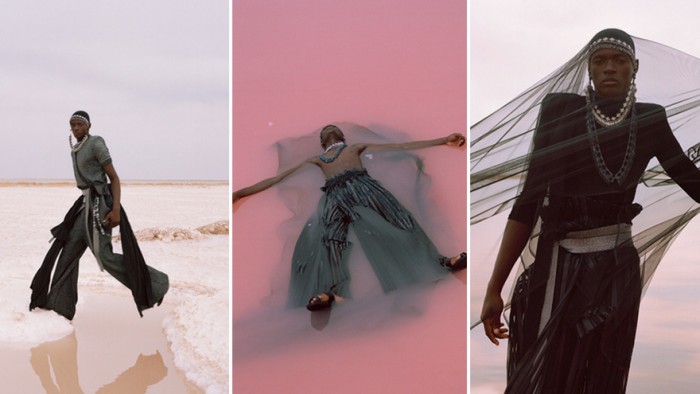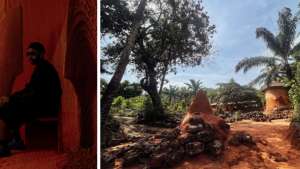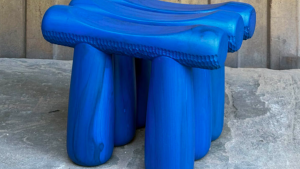Part of the Project
In 2005, South Africa was just a decade into its new democracy, Thabo Mbeki was still President, and the most popular TV show at the time was the local version of Idols. The year was also significant because it was the start of the Design Indaba Emerging Creatives programme, our first country-wide scan for the next generation of artists, designers and creatives.
With funding assistance from the Department of Arts and Culture and a strong belief in nurturing new creative talent, we welcomed the first 40 young participants who exhibited their work at our annual conference which took place in Cape Town.
It has been 13 years since then and over 400 young people have been through the programme. The incubator provides flights to and accommodation in Cape Town, where participants receive mentorship, workshops and attend the three-day conference in addition to a dedicated display stand for their projects and products.
Now at the Artscape Theatre in the city, the Design Indaba Conference is a platform where underexposed youth can network at both a peer and business level, sell their wares and skills, and kickstart their careers.
One of the programme’s alumni, Buzwe Nxasana is an interior and product designer from Durban who exhibited as part of the programme in 2015.
Deja Vu Unit by Buzwe Nxasana
At the time, Nxasana was an interior design student at the Durban University of Technology and while he had never left his hometown before, he was motivated to apply by one of his fellow students, Siyanda Mbele.
Mbele had exhibited his hand-painted furniture as a Design Indaba Emerging Creative in 2014 under the brand name, Pinda. Working under the brand Phezulu Power, Nxasana entered his own range, the Phezulu Furniture collection, a year later.
Things have changed for both designers since their days at the event.
Mbele’s work, a mix of tradition and modernity, is now a regular fixture of the country’s creative scene. Most recently, his Mvelo Desk was nominated as one of the Most Beautiful Objects in South Africa in 2018, another of Design Indaba’s flagship exhibitions.
Celebrated for more than its aesthetic beauty, the Mvelo Desk represents two cultures, Zulu and Ndebele, joined together by solid oak. It is, at the same time, a commentary on the modern generation’s marriage to work and career.
The Mvelo Desk by Siyanda Mbele
As for Nxasana, he went on to complete a Btech in Interior Design at DUT before joining one of the most prestigious interior design companies in the country, Tonic Design. There, he says, he has been able to explore the fields of both interior and product design.
Most recently, he was involved in Tonic’s redesign of Spitz shoe stores across the country and he has also been deeply engaged in his own furniture project, the Deja Vu Unit.
He attributes a lot of his momentum to the experiences he gained and connections he made early in his career at the Design Indaba Emerging Creatives programme.
“Being part of the Design Indaba gave me an opportunity to meet some of the best designers that we have right now, namely, fashion designer Rich Mnisi. I now know a wide range of people from different fields and this may come in handy one day when I decide to go into business on my own,” he relates.
“The experience that I received, I would never trade it for anything else. This made me fall in love with design even more. Meeting people, exchanging knowledge with my class and finding new ways to design was all part of my experience in the Design Indaba.”
The Spitz redesign by Tonic Design
Having showcased at local fashion weeks, fashion designer Lukhanyo Mdingi says participating in the programme back in 2014 was a chance for him to introduce his label to the public.
Mdingi says he made valuable contacts that he still leans on today and advises those interested in participating to think long-term.
“The reality is that some reap the benefits faster than others, but if you believe in the trajectory of your business then it’s important to always grasp onto that vision.”
A vital element of the growth of the South African creative industries is the identification of new talent across the sectors, including visual art, textiles, ceramics, photography, décor, multimedia, fashion, graphic design and jewellery – and this is precisely what the Design Indaba Emerging Creatives sets out to do.
Lukhanyo Mdingi's Soulfull II Campaign | Photography by Kyle Weeks
Applications for the 2020 Design Indaba Emerging Creatives Programme opened on 14 June 2019 and close in October. Judging by the applications already received, we’re seeing how much the creative capital in South Africa’s youth has evolved since we started this incubator in 2005. We can’t wait to show you what 2020 has to offer.
If you are interested in showcasing your portfolio as a Design Indaba Emerging Creatives or know anyone whom you think deserves a place, please apply now on this link below:
Applications for the 2020 Design Indaba Emerging Creatives programme are now open. Apply now!
Read more about the Emerging Creatives Campaign
Thaakierah Abdul exhibits Cape Malay culture at Emerging Creatives 2018


